It was nearly dusk when we arrived in Fes. Entering the medina through the ornate Bab Bou Jeloud, one of the main entrances to the medina, is like being catapulted back in time. The historic gate with pretty green and blue tile decoration is the principal portal to a labyrinth of narrow streets and alleys that make up the world's largest Islamic medieval city where life had gone on uninterrupted for over 12 centuries!
Fortunately the hotel we had identified was right by the gate, so we did not have to rush headlong into the hustle and bustle right away. Instead we made our way to the hotel terrace that afforded a panoramic view of the medina rooftops. Fes el-Bali, the old city of Fes, is enclosed within massive imposing walls that are visible all around and the tops of covered bazaars are punctuated by square Moroccan style minarets that glowed red in the late evening sun. The only detail that gave away that we were in year 2012 was the presence of numerous satellite dishes over every roof. Take the satellite dishes away and we may well have been seeing the Fes skyline circa 1012!
Fes is one of Morocco's most traditional cities and is considered the spiritual and cultural centre of the country. Founded shortly after the Arabs overran much of North Africa and Spain in the late 8th century, the city has seen several great dynasties come and go in its 1200-year history. Originally a modest Berber town, it was quickly populated by families fleeing from Spain. They were later joined by Arab families from Kairouan in modern-day Tunisia. These original inhabitants built the Kairaouine Mosque, the largest mosque in Africa (which incidentally is still functioning, but off-limits to non-Muslims) and also established the very first university here.
The heritage drawn from these two distinct groups formed the foundation of the culture and religion of the people of Fes. Subsequent dynasties including the Almoravids and Almohads also contributed heavily to the city's architecture. The Merenid dynasty that ruled around 1250 left a legacy of exquisite medresas and constructed a new city, Fes el-Jdid (New Fes), just outside the ancient medina. So 'New Fes' is now only 700 years old! After the Merenids collapsed, successive battling dynasties were unable to retain power for any notable period, although sultans often resided in Fes in their attempt to maintain control over the north. During the 19th century, as European powers got into the mix, Fes shared the limelight with Marrakech, both serving as capitals of a fragmented country.
Today, Fes enjoys its status as the 'moral' capital of the country and the bustling medina is its beating heart. Vibrant, colorful and well-lit at night (specially when compared to the slightly creepier and grittier medina of Tangier), Fes' medina is busy and noisy all day. But appreciating its charms in the face of constant hustling by faux guides, aggressive restauranteurs and persistent shopkeepers, all after their slice of the tourist dirham, demands a degree of equanimity and good humor. For those who can look beyond these distractions, there are plenty of interesting sights - from a limp camel head hanging on a hook outside butcher shops, to aromatic food stands, dry fruit stores, pickled olive shops and craft workshops among others. There are medresas, mosques and palaces of various vintage sprinkled throughout the medina. Navigating through the tiny lanes and squares to find them is a nice challenge if you treat it like a treasure hunt and resist offers from overzealous guides to show you the way. "We like getting lost and wandering around" was our favorite phrase that elicited many a disgusted frown.
"Where you from?" is another constant refrain that you hear on the streets. On hearing (and often guessing) that we were of Indian origin, they would invariably profess immense love for the country and its people. Not too surprising as they have been watching Indian films for more than five decades. But when we began to recognize that it was mostly just a bait to engage you in conversation before they revealed what goods or services they were selling, we began to invent where we were from just to throw them off guard. Durban! Birmingham! Buenos Aires! we would shout back, to see if they stuck to their spiel (they did!) or say something original.
Moroccan leather is highly prized as among the finest in the world. It is claimed that tanning leather goes back several millennia and little has changed since medieval times. We visited the Chouwara tanneries, one of the city's most iconic sights. The first step in processing leather involves treating the raw hide with a cocktail of ash, pigeon poop and cow urine (for potassium) which helps soften it. This operation is conducted by hand in foul smelling enclosures that are littered with camel, cow, goat and sheep skin. Donkeys then carry the processed skins through the narrow street to the dye pits. Firmly brushing aside several unsolicited offers to 'guide' us to the best viewing platforms, we made our way up some cramped staircases that led us up to a broad terrace overlooking the dye pits from two stories above. Despite the overpowering stench, we firmly declined the sprig of mint that was offered (to hold to our nose) so we could smell the smells undisguised. What lay in front of us were dozens of square earthen wells filled with various foul liquids and animal hides were being stomped on by barefoot man, a hide curing and dyeing process that is as manual today as it was in 1200 when the tannery first opened. The hides are stretched, scraped and dyed by hand before being laid out to dry on the tannery roof. The tannery is surrounded by (what else ?) shops selling leather goods - bags, wallets, jackets and shoes in colors including neon yellow (a Moroccan specialty), hot pink and others that you would not be caught dead in! Just like a strategically stationed souvenir shop at the end of a visit to some places, you cannot leave until you have walked through every laden room in the store.
Fes became a refuge for Jews in the 14th century thus creating a mellah (Jewish quarter) just outside the medina. Many Jews played an important role in the imperial court and the community did enjoy the favor of several sultans. In marked contrast to Muslim styles, houses in the mellah have balconies overlooking the sheet and while most are in advanced state of disrepair today, they are still occupied by modern day Fassis.
Morocco was like a huge improvement over Spain for vegetarian fare. There was a cluster of restaurants right beneath our hotel and they all seemed to have a standard menu, much like Udipi restaurants in India. Staple vegetarian options included Harira, a delicious tomato and chickpea based soup, Couscous (fluffy couscous topped with steamed vegetables and garnished with orange rind and sweet plump raisins) and Tagine (a slow cooked stew that is cooked in a special earthenware pot) and eaten with Moroccan bread. Every time you passed by, restaurant owners or their proxies would vigorously thrust their menus under your nose hoping you would look upon it favorably. While competition was intense, there also seemed to be a gentleman's agreement among them. Once a customer made up his or her mind and walked in the direction of of one of them, the others would immediately cease making their pitch and withdraw graciously. Interestingly, they also seemed to collaborate when they were short of cutlery or ran out of ingredients or when a customer ordered something that they had run out of. It was not uncommon to see the chef make a dash for the neighbor's kitchen to fetch a bottle of cold Coca cola! Outdoor seating made them perfect places for people watching, but they are so tightly packed together that we once found ourselves at a table that belonged to the neighbor of the restaurant that we had intended to favor.
So what was most memorable about Fes? Sitting at a second floor balcony and watching an endless parade of people passing through the gates of the medina. Here the timeless rhythm of life continues today as it did a millennium ago. Now that is priceless.
Google Maps Link
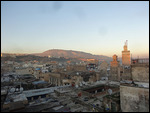
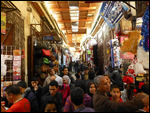
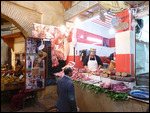
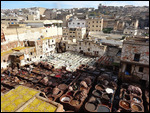
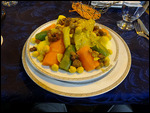
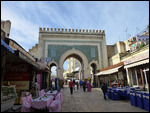

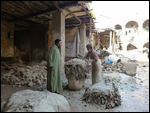
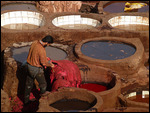


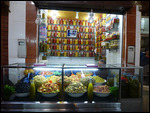
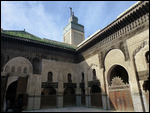
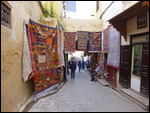



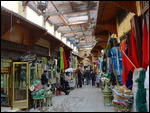
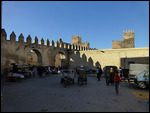
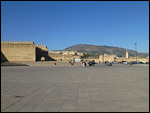


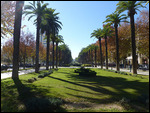
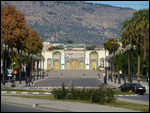


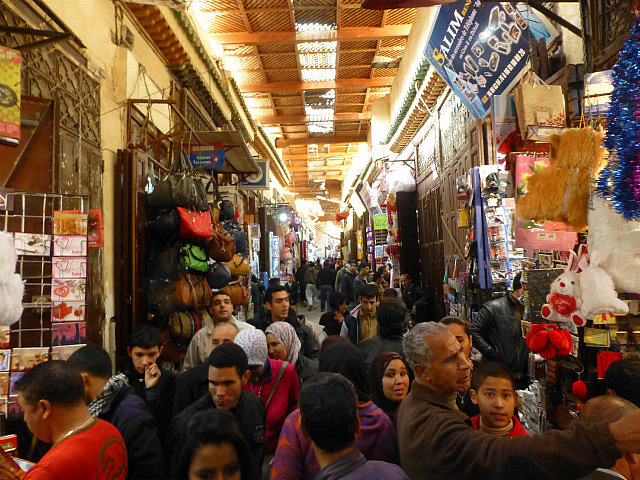
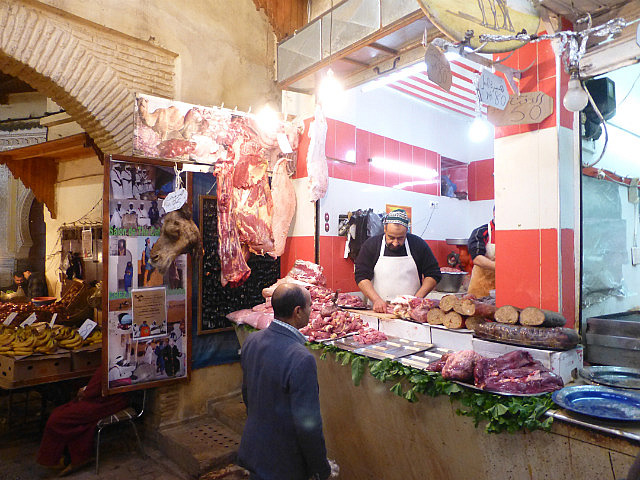
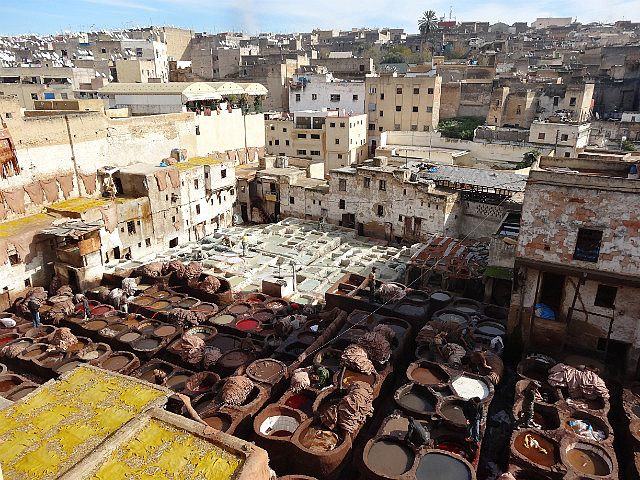
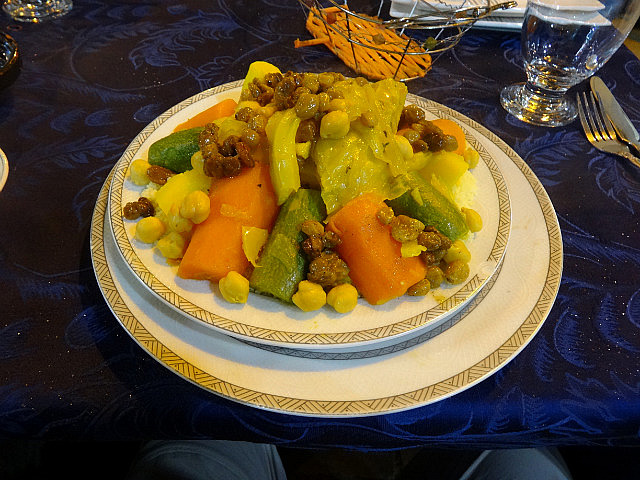

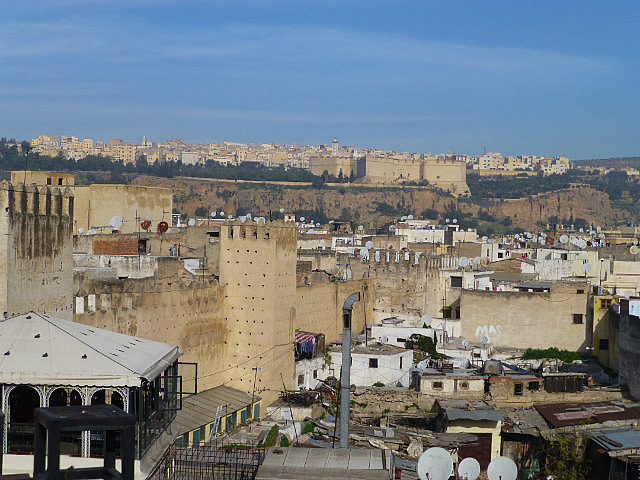

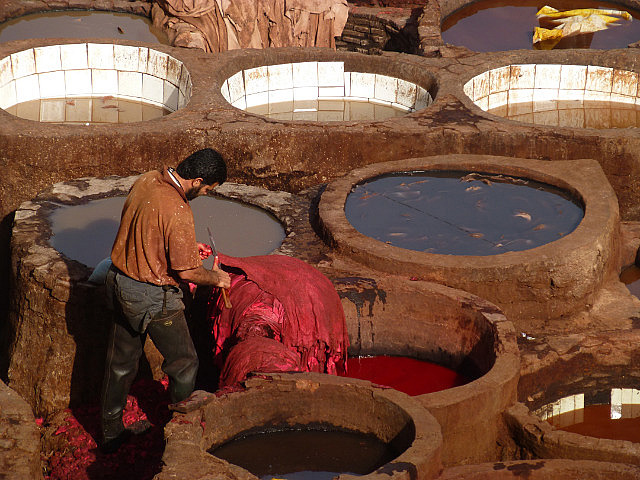
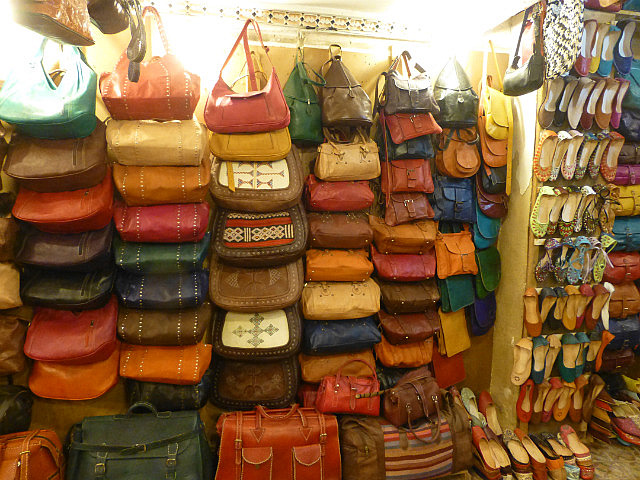


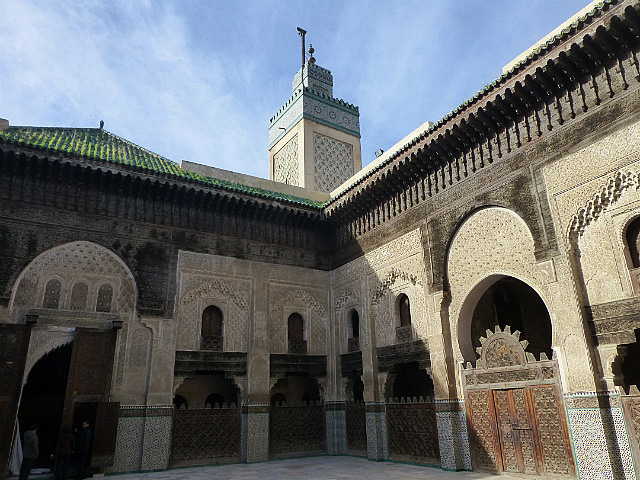




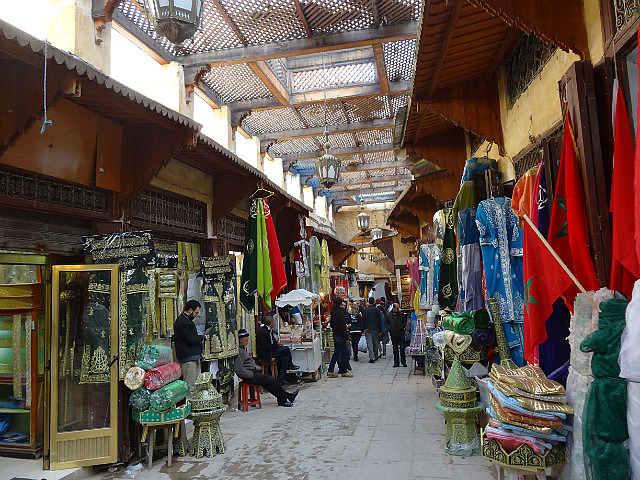
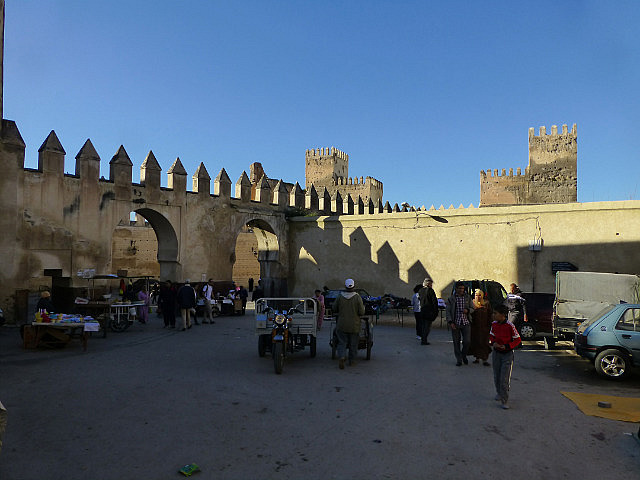

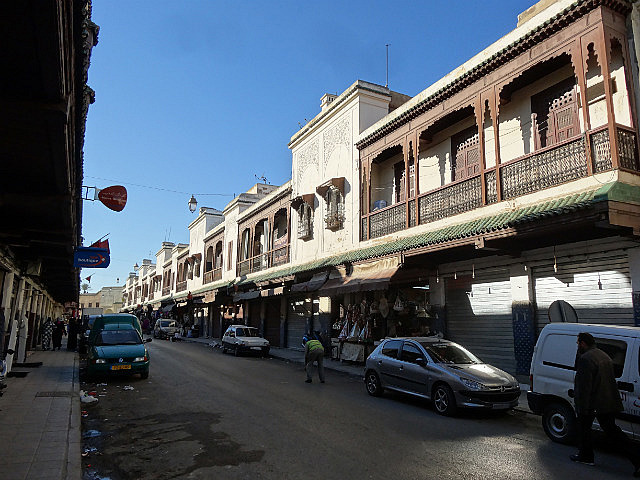
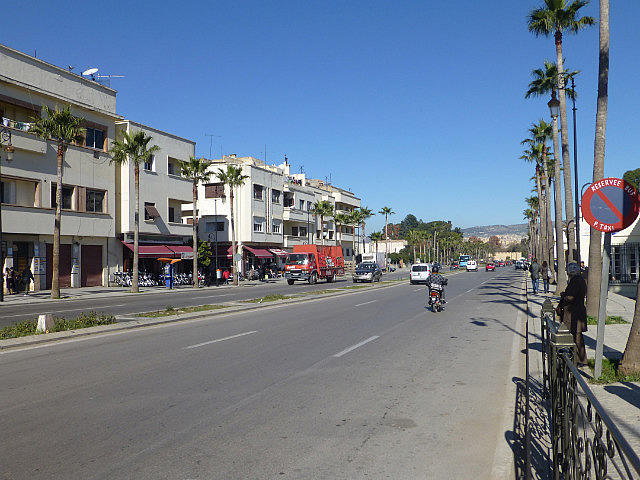

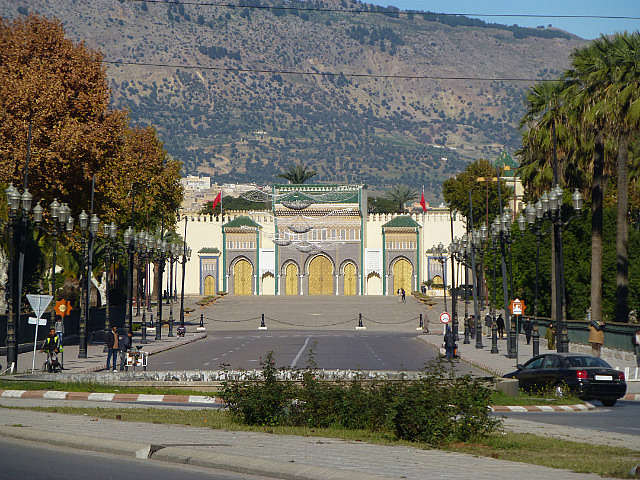
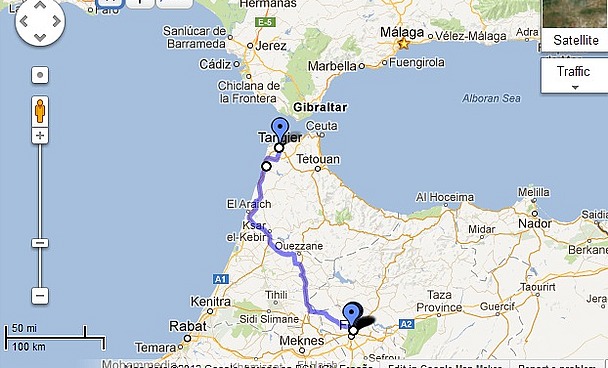
Comments